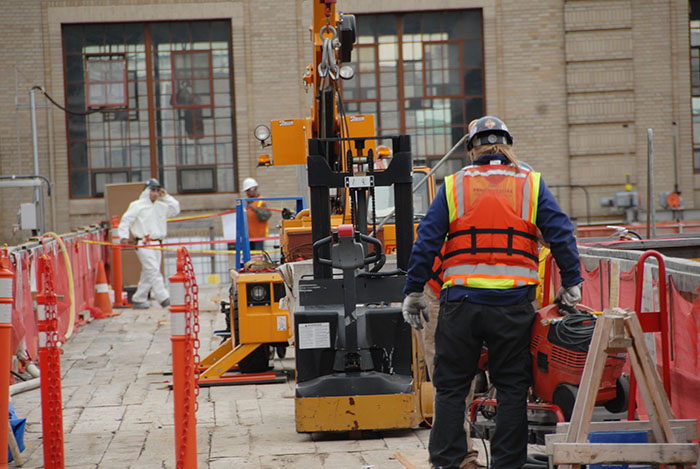Taking the Leap from Subcontractor to Prime Contractor
Congratulations, you’ve landed a large contract as a prime contractor with a prestigious government agency. This work is guaranteed to put your firm “on the map” and propel the company to greatness. However, you also know that there are gaps in your company’s knowledge, particularly in laying the foundation for managing the technical aspects of the contract.
Construction firms that do not employ thousands, or even hundreds, of people may find it challenging to establish means and methods of construction while managing all of the other responsibilities of construction work, especially on high-profile projects for high-profile clients.
In addition to the obvious–construction–some contracts could also require a host of other professionals on the project to perform tasks related to environmental management, noise monitoring, air monitoring, and public relations, to name just a few.
Technical Skills Needed to Position Your Firm as Prime Contractor
That could be just the beginning. Being a Prime Contractor requires a firm to perform cost estimating, establish means and methods of construction, generate shop drawings and “as-builts,” obtain permits, provide safety training in compliance with local regulations, and manage construction debris.
Those tasks may be second nature for construction firms with a depth of personnel and experience, but if you are new to being a Prime contractor, this could be overwhelming.
For example, do you know who to contact to expedite a road closure permit? Sometimes, obtaining permits can be very time-consuming and impact your schedule. Do you know how to plan labor, tools, and equipment movement so that everything is on your site at the precise moment that it is needed? Is there someone on your staff that can prepare detailed shop drawings based on the clients’ construction documents?
In some cases, shop drawings need to be created or reviewed by a licensed professional who can ensure that the materials and methods of construction meet the approved project specifications. When such shop drawings are submitted to clients for review, they must have the Professional Engineer’s (P.E.) stamp on them. If your firm does not have a licensed P.E. on staff, you will have to hire one or use a consultant that employs licensed P.E.s.
Properly prepared shop drawings are a critical component of project planning. They help keep work on schedule while guiding the contractor and the craft labor on site. In fact, the key to finishing work on time and within budget lies in having good construction plans and specifications to avoid confusion on site.
Furthermore, when the project is complete, contractors may be required to submit “as-builts” to the client. This will generally be the case when the work done is different from the original construction plans. Changes to plans and specs may occur because of material availability, site conditions, labor readiness, utility problems, or change orders. But project closure and final payments can be obtained faster when your work is represented in the form of comprehensive, accurate, and detailed drawings verified by a licensed P.E. along the way.
For those reasons, it is wise for construction firms new to being a “Prime” to identify an engineering firm they trust and are comfortable with to help the project run smoothly and perform technical reviews when necessary. Those relationships help contractors keep their projects on schedule and budget.
Walden has worked with contractors for many years, ensuring that they remain in compliance with all regulations and providing essential engineering services. Please reach out to Walden at 516-559-6976 if you’d like to learn more about our contractor services or speak with an experienced engineer.

Read about the contractor services that Walden provides here. Contact us at 516-559-6976 to talk to one of our engineers about your construction project!

